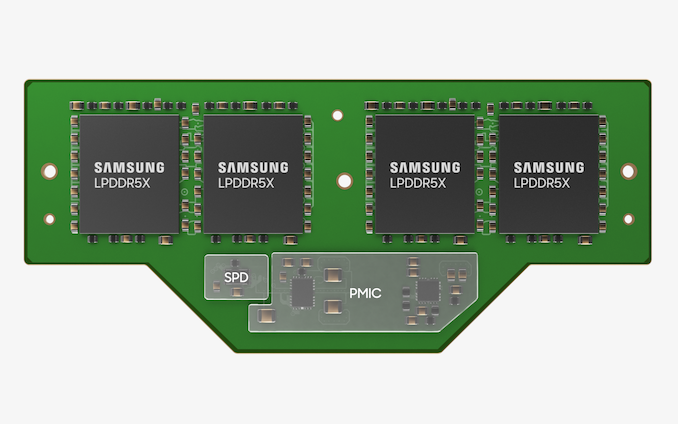- Joined
- Mar 7, 2008
I hadn't forgotten about this but was distracted by other things last month. I just moved the 3070 into the 5775C system and about to start testing once game updates finish downloading.@mackerel
I'd hope you could use the 3070.
The 3070 barely fit in the case as it is so long. I'm also kinda on the low end of power recommendations with only a 550W PSU so hope the GPU will be ok with that under full load. At least the CPU isn't very thirsty.


